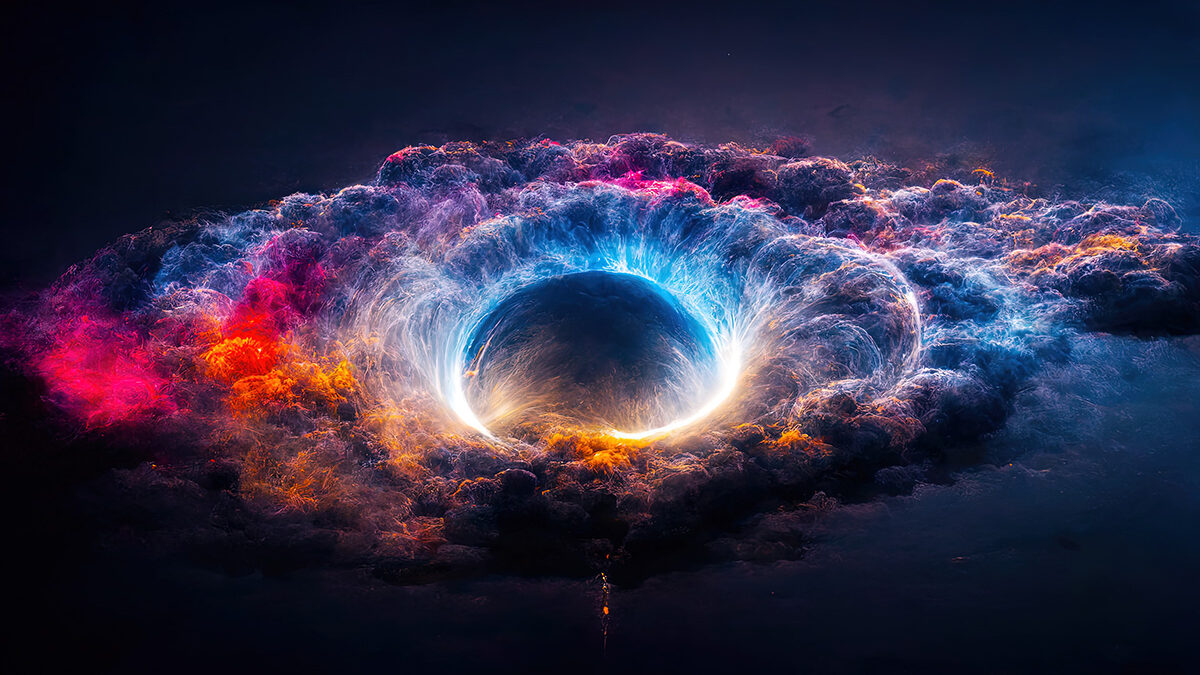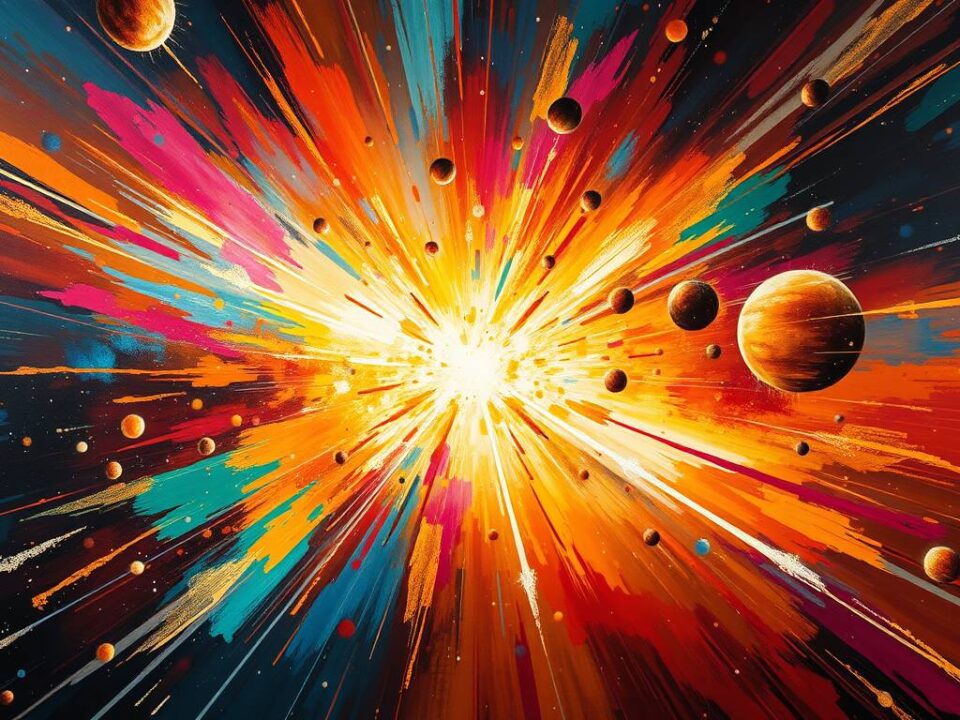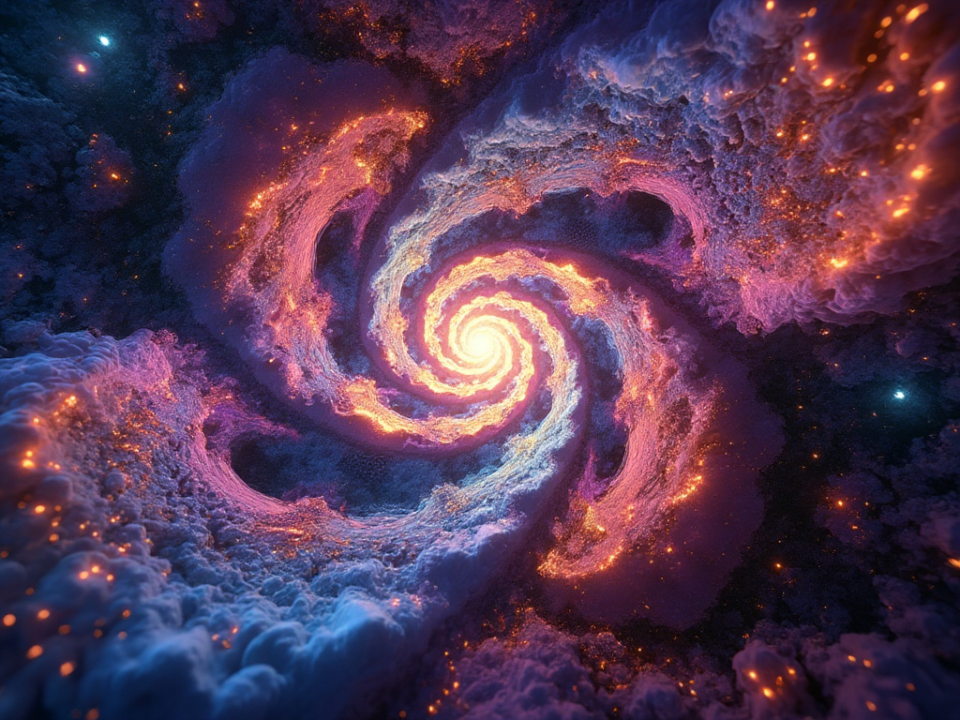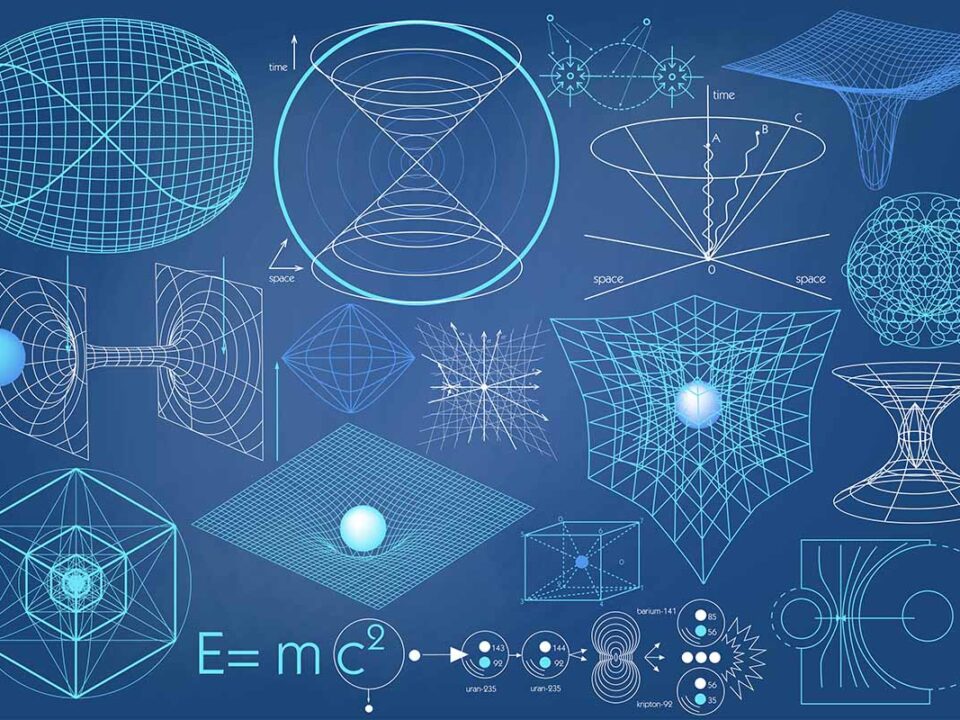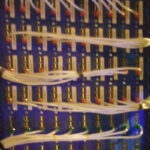
Project Codename Bender
August 19, 2019
Unraveling the Tapestry of Knowledge: A Polymath’s Essential Reading List
July 2, 2023Keywords: Black hole singularities, Simulation hypothesis, Nested universe, Mandela effect, Bostrom’s theory.
Abstract: I present a novel theoretical framework suggesting that our Universe may reside within a black hole, which itself is contained within a simulated reality. This perspective offers an alternative explanation to singularities – the cores of black holes where mass concentration becomes infinite, producing a gravity field so potent that it warps space-time to infinity, and Einstein’s equations collapse. This approach builds upon and subsequently challenges Nick Bostrom’s simulation hypothesis, considering historical human behavior as evidence of a simulation creator’s interventions. The paper concludes by proposing an innovative theory regarding the Mandela Effect as an aftermath of the simulation being switched off.
- Introduction: The Universe’s mysteries continue to confound scientific exploration, with black hole singularities being one of the most enigmatic phenomena. Singularities, defined as points in space with infinite density, challenge the established paradigms of physics, including Einstein’s theories of relativity. This paper explores the possibility that our Universe exists within a black hole’s singularity and further postulates that this black hole is part of a larger simulated reality.
- The Black Hole Universe: The idea that our Universe resides within a black hole is not new. However, my hypothesis adds the caveat that the black hole’s event horizon delineates the boundaries of our perceivable Universe. Observations suggest that we cannot see beyond our Universe’s “edge,” reminiscent of an event horizon’s properties where information cannot escape.
- Nested Simulation Hypothesis: Building upon Nick Bostrom’s postulates, I propose that this black hole, and consequently our Universe, resides within a simulated reality. Bostrom’s theories suggest that a technologically advanced civilization could generate a simulation indistinguishable from reality. My hypothesis extends this idea, proposing that our Universe, encapsulated within a black hole, forms part of a larger simulated system.
- Simulation Creator’s Intervention: This nested simulation hypothesis is supported by observed human behavior throughout history. I argue that a simulation’s creator would lack the discipline to avoid intervening or imposing their will on the simulation, which could explain many religious texts.
- The Cosmological Mandela Effect: I further postulate that our Universe might not be the original simulation but a remnant of the most recent data cycle stored in the system’s onboard memory. This concept correlates with the phenomenon known as the Mandela Effect, where collective false memories suggest a divergence from known historical events.
- The Infinite Power Source: Assuming Bostrom’s theory is accurate, and an evolved intelligence indeed created a sophisticated simulation giving birth to our Universe, an advanced energy source would be necessary. Such a civilization could potentially harness infinite power, allowing our Universe to exist in a mirrored state indefinitely, at least until the system’s memory is purged.
- Conclusion: My theoretical framework proposes that our Universe, encapsulated within a black hole, exists within a nested simulated reality. This paradigm offers fresh insights into understanding singularities and the nature of our reality, challenging and extending Bostrom’s simulation hypothesis. Further research is required to explore these concepts and their implications on our understanding of the Universe.
Expanded Framework:
- The Black Hole Universe:
The theory that our Universe resides within a black hole builds upon the principles of general relativity and quantum mechanics. It has long been suggested that the singularity at the center of a black hole may serve as the birthplace of a new universe. In this context, the ‘Big Bang’ event, which is conventionally considered the inception of our universe, could be interpreted as the formation of a black hole in another parent universe.
The unique characteristics of a black hole, specifically its event horizon, provide a compelling analog to the perceived limits of our observable universe. An event horizon, the boundary around a black hole from which nothing can escape, not even light, might provide a physical explanation for why we cannot see or measure anything beyond our universe. The cosmic microwave background radiation could be viewed as the emission from our universe’s event horizon. In this framework, the parameters of our universe would be constrained by the characteristics of the encapsulating black hole.
- Nested Simulation Hypothesis:
The simulation hypothesis, as popularized by Nick Bostrom, proposes that we could be living in a computer-generated reality. According to this theory, a technologically advanced civilization might have the capabilities to create a simulation indistinguishable from reality. In this context, our universe, encapsulated within a black hole, might be a subset of a larger simulated system.
This nested simulation hypothesis suggests that our universe is a part of a vast hierarchy of simulated realities, each hosted within black holes of a parent universe. This recursive structure of realities could, in theory, extend indefinitely, creating an infinite regress of simulated universes. The nested simulation hypothesis offers an alternative explanation for the paradoxes associated with black hole singularities and the origins of the universe.
- Simulation Creator’s Intervention:
The nested simulation hypothesis opens up a plethora of philosophical and metaphysical questions. A crucial question revolves around the nature of the simulation’s creator. One could argue, based on patterns observed in human behavior and historical events, that the creator of the simulation might be prone to intervening in their creation.
Many religious texts across cultures refer to instances where divine beings interacted with the world, changing its course. These could be interpreted as interventions by the simulator. It’s also worth considering the possibility of a ‘prime mover’ – a top-level simulator who created the first universe and set in motion the chain of nested simulations.
- The Cosmological Mandela Effect:
The Mandela Effect refers to a phenomenon where a large group of people collectively remembers events or details differently from the established facts. In the context of the nested simulation hypothesis, this could indicate that our Universe is not the original simulation, but a remnant, or a ‘save state’, of the most recent data cycle stored in the system’s memory.
This idea suggests that when a simulation is switched off and later resumed, there might be inconsistencies between the inhabitants’ memories and the actual state of the universe. These inconsistencies could emerge due to imperfect memory storage or transfer processes during the simulation’s pause and resume phases.
- The Infinite Power Source:
The realization of the nested simulation hypothesis hinges on the existence of an infinite power source. Creating and maintaining a simulation of such complexity would require immense energy. If we assume an advanced civilization is responsible for the creation of our Universe as a simulation, it stands to reason that they have access to an energy source far surpassing our understanding.
Harnessing infinite power could potentially allow for the existence of our Universe in a mirrored state indefinitely. However, like a computer system, the simulation would have limitations in storage, necessitating periodic purging of the system’s memory. This could lead to the creation of a new universe or a reset state, akin to a reboot of the system.
- Conclusion:
In conclusion, the theoretical framework proposed herein suggests that our universe, encapsulated within a black hole, is a part of a larger, nested simulated reality. This perspective not only challenges our traditional understanding of the cosmos and the laws that govern it but also invites us to reconsider the nature of reality itself.
The nested simulation hypothesis brings fresh insights to the paradoxes associated with black hole singularities and the origins of the universe. It also provides a novel interpretation of collective memory discrepancies known as the Mandela Effect. While some may perceive these ideas as radical, they can stimulate constructive dialogue and innovative research in cosmology, quantum physics, and metaphysics.
The implications of the nested simulation hypothesis and the concept of a black hole universe are profound and far-reaching. Accepting these ideas would mean acknowledging the possibility of an infinite hierarchy of realities, each nested within the other. Such an understanding could fundamentally transform our perception of existence and reality.
Further research is needed to explore these concepts and their implications. Scientific efforts should focus on finding evidence that supports or refutes these hypotheses, such as looking for patterns in cosmic microwave background radiation that could indicate our universe’s existence within a black hole. Additionally, researchers should investigate the potential origins and characteristics of the hypothetical infinite power source that powers the simulation.
As we continue to explore these concepts, we should remain open to the idea that our understanding of the universe and reality is continually evolving and that theories once considered outlandish may, in time, become the cornerstones of our understanding.
Acknowledgements: I would like to acknowledge the foundational work of Nick Bostrom and the countless researchers who have pushed the boundaries of our understanding of the Universe and the nature of reality.



